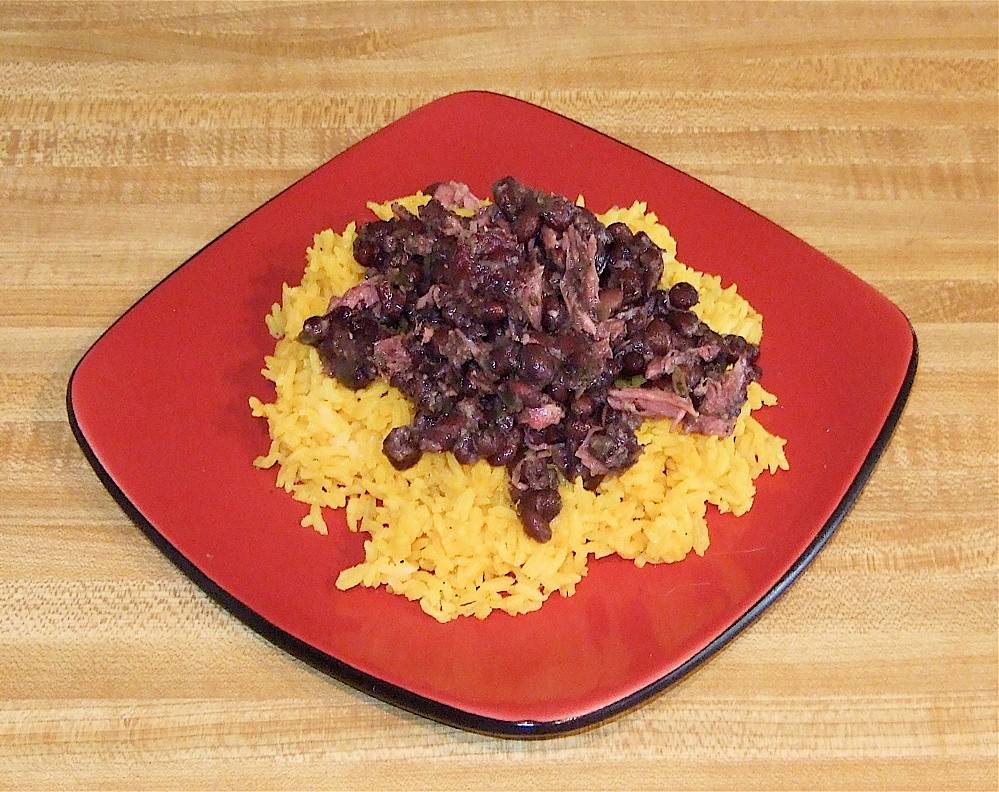Most of your observations are valid - general as they are. My comments are totally my opinion only, and not particularly tongue in cheek!
* hourglass shape - Comes more or less from the Kentucky building tradition and has become the de facto recognizable shape of the dulcimer. There's no accounting for taste!
* most dulcimers with 4-strings have a double-melody string spacing. Yep the dulcimer was invented/designed as a 3-course Instrument - Bass, Middle, Melody. You can have more than one string on a course. The dulcimer was
not invented as a 4-course instrument
* The majority of dulcimer players that play with only three strings normally use a four-string double-melody string dulcimer. Yep! LOTS of people have been convinced by well meaning but lazy other players and teachers, to remove a string to make it theoretically easier to learn to play instead of taking an extra week to get used to doubled melody strings. But they get convinced of this AFTER they've already bought a 4-string instrument! You can tell what I think about this, right!
* the majority of dulcimer players seem to favor and play in the DAD tuning (Mixolydian Tuning). Ive even heard that this tuning is considered to be THE DULCIMER TUNING by many. Unfortunately true. Again most often caused by well meaning but ignorant teachers who themselves were taught that DAd is "the only" tuning. They are deluded, but that's their problem. There are a lot of us who use multiple tunings.
* Traditional dulcimers normally use the diatonic fret pattern and although fully chromatic dulcimers are available, the majority of dulcimers fret boards are NOT fully chromatic. TRUE. The dulcimer was not invented as a chromatic instrument. It was invented as a diatonic instrument. Only in the late 20th century have people bastardized the instrument by adding extra frets. You can tell I really don't like chromatic or added fret dulcimers, can't you...
* The only dulcimer that uses a fully chromatic fret board appears to be the bowed dulcimer but even a few of these do have a diatonic fret board. The Bowed Dulcimer as you see Ken Bloom and others build it, is a totally late 20th century invention. The traditional dulcimer can be bowed, but the Bowed Dulcimer is a different cat altogether.
* The majority of dulcimers fret boards have the 6+ or 6 fret added to the diatonic fret pattern. Yep - due to the observation above about people thinking DAd is "the only" tuning.
* The majority of dulcimers that Ive seen DO NOT have the corresponding 13+, 13 fret added to the diatonic fret board. You've not been looking at the same dulcimers the rest of us have. Virtually every 6+ dulcimer I've seen has the corresponding 13+ fret.
* You normally do not see that many bowed dulcimers, mini-dulcimers, dulcimettes, or octave-higher dulcimers, baritone dulcimers, or bass dulcimers, so the majority of dulcimers seem to be standard sized dulcimers. Duh! Yeah! Otherwise they would be the standard! Of course it all depending on which festivals you've been going to where. Those other instruments are Special Purpose instruments, generally speaking.
* The majority of dulcimers seem to have heart-shaped sound holes. Maybe. I see more with round holes than hearts.
* The majority of dulcimers seemed to be played using a pick and not with finger-picking or a noter. The dulcimer was invented long before finger-picking - it's a 20th century invention - and with only 3-courses of strings isn't particularly suited for it. More muisc is more suited to flat-picking than finger-picking. The Noter has nothing to do with the right hand. I've been using a Noter and a flat pick for over 35 years.
* You don't have to have or spend a lot of money to purchase a good quality dulcimer like you have to do with many other instruments. You can buy a great playing cardboard dulcimer for almost nothing, build a high quality dulcimer with a reasonably priced dulcimer kit or even make your own dulcimer for almost nothing out of scrap and junk. VERY TRUE.
* The widest divergence having to do with dulcimers, that Ive seen, are the materials and woods used in building the dulcimer, the dulcimer string lengths, side depths, soundboard widths, etc. Huh? What did you expect? You've just listed all the basic factors that are the dulcimer. What else is there? Shape has almost nothing to do with dulcimer sound. Wood types are actually pretty far down the list too, an generally should just be considered cosmetic. Length/width/depth of the instrument , and the VSL of the strings are the elements that most affect the sound.
updated by @ken-hulme: 02/17/16 06:12:35AM

 or an utter disaster
or an utter disaster


